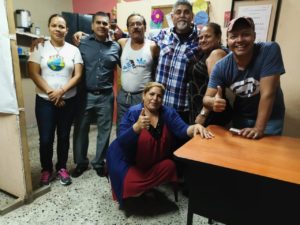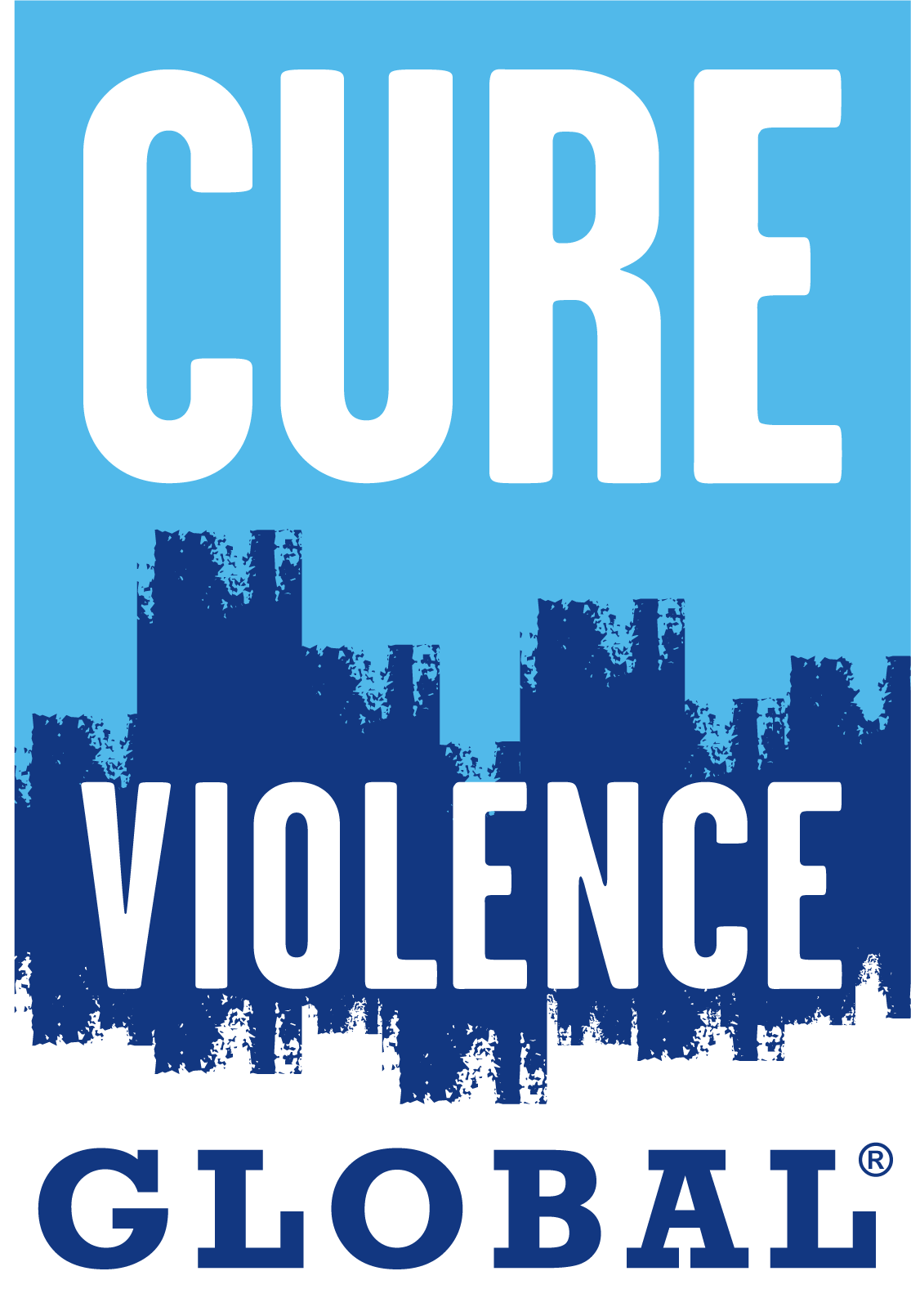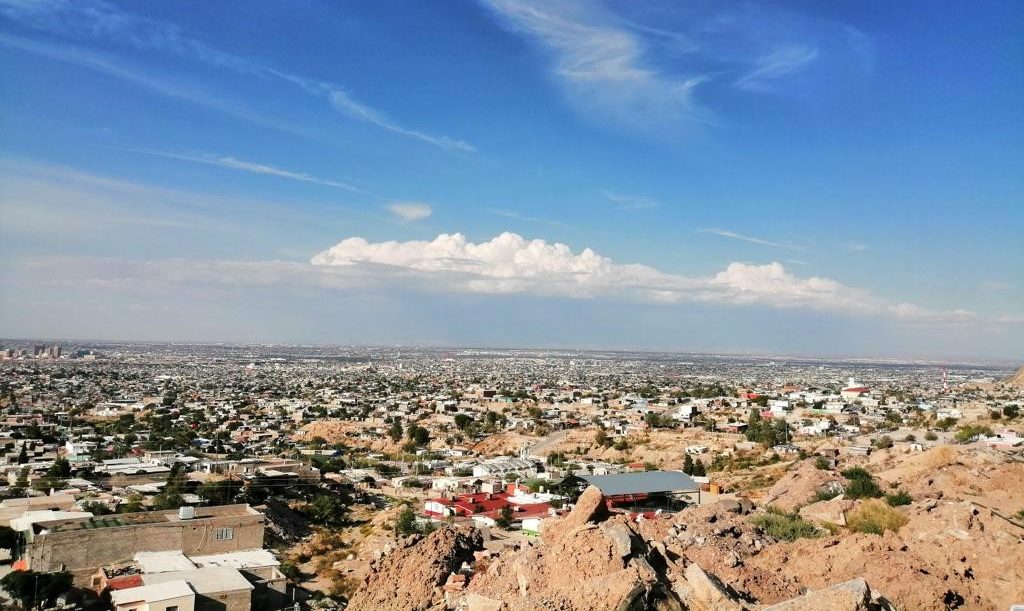The Biden Administration’s 2021 strategy for Addressing the Root Causes of Migration in Central America consists of five pillars including tackling economic inequities, strengthening democratic governance, promoting human rights, preventing crimes perpetrated by criminal organizations, and combating gender-based violence[1] but does not sufficiently recognize or prioritize violence reduction as a key means to stem migration from Central America to the United States. Although the fourth and fifth pillars include language related to violence prevention, neither pillar describes actual violence reduction as an initial or even a secondary goal. In communities where there are significantly high levels of violence, it is essential to focus on interrupting and stopping that violence first in order to create a conducive environment for all the other types of programs to succeed.
The fourth and fifth pillars establish a seemingly robust strategy rooted in coordination between US and local governments, civil society, and the private sector.1 The fourth pillar focuses on improving the capacity of local law enforcement agencies, creating “safe spaces,” providing alternative paths for vulnerable youth, and the development of reintegration opportunities for offenders.1 The fifth pillar intends to increase the rate of adjudication for crimes categorized as gender-based violence, augment victim services, and eliminate cultural norms responsible for the perpetuation of such crimes.1 While the objectives associated with pillars four and five offer meaningful and effective vehicles for change, their success will almost certainly be derailed in the long-term without an initial and expedient effort focused specifically on reducing violence. Violence reduction programming should be implemented prior to the institution of legislative and judicial reforms, victims’ services, and safe spaces to ensure the viability of such efforts in the long-term. Without first reducing the violence in Central America, President Biden’s strategic objectives run the risk of being trivialized by the persistent and infectious nature of violence — and there is a good chance that all the money spent on those other programs would potentially be wasted.
A 2020 study conducted by Doctors Without Borders/Médecins Sans Frontieres (MSF) found that 61.9% of respondents were exposed to a “violent situation” during the two years leading up to their departure from their native countries; 45.8% indicated that their exposure to violence represented a “key reason” for their migration to the United States and Mexico.[2] As the MSF report illustrates, violence cannot be overlooked amid the broader context of mass migration from Central America due to the virtually inescapable nature of such incidents. Cure Violence Global (CVG) understands this unfortunate reality and has even begun implementing its public health model in two of the three nations which make up Central America’s Northern Triangle: Honduras and El Salvador. By using a public health approach to reduce violence, CVG has the unique ability to separate the violent behavior from the individual engaged in it to facilitate a more holistic response. In 2013, CVG began implementing its model for reducing community violence in three sites across the San Pedro Sula suburb of Chamelecon, Honduras. In the months between April and December of 2013, roughly 150 shooting incidents occurred in the area. Exactly one year later such incidents across the Chamelecon sites dropped by 80%, from 150 incidents to 30.[3] Similar success in violence reduction was reported in San Salvador, El Salvador in a 2016 Final Assessment of the project. CVG partnered with Save the Children and APRODEHNI, a collaborator selected by the communities to detect and interrupt violence in San Salvador. The Final Assessment revealed that 64% of responding clients reported a decrease in violent behavior.[4] More recently, CVG has partnered with UNICEF’s Spotlight Initiative and others on the Recuperando Mi Comunidad project, to reduce the frequency of homicide, femicide, and gender-based violence in 25 communities within Honduras’s four most dangerous cities. Using the Cure Violence model, 1,770 violent incidents were interrupted including more than 700 incidents of gender-based violence.[5]

San Pedro Sula Cure Violence team
The Cure Violence model consists of a three-pronged approach, detecting and interrupting violent situations, identifying and treating those individuals at the highest risk of violence, and changing the social norms surrounding violence.[6] Although the Biden Administration’s strategy acknowledges the saliency in creating normative change surrounding gender-based violence, in particular as pillar five suggests, it remains equally important for the Administration to expand this objective to pillar four, and incorporate the other two elements of CVG’s model. The adaptability of the Cure Violence model allows for implementation to meet the diverse needs of each community. Detection and interruption require the support of community members, especially those who are credible with the individuals committing violence. This represents a fundamental piece of the CVG model where individuals selected as Violence Interrupters identify and mediate conflicts to mitigate the risk of lethality and retaliation. Trained Outreach Workers then work with high-risk individuals to refer them to appropriate services such as drug treatment and job training. The third component of the Cure Violence model focuses on shifting community norms by conveying the message that violence is not accepted through community activities, credible messengers, and public education campaigns.6
While the challenges being addressed in President Biden’s 2021 Strategy for Addressing the Root Causes of Migration in Central America are diverse and complex, none can be adequately resolved without first prioritizing violence reduction in those places with extremely high levels of violence. To do otherwise runs the risk of throwing good money after bad as the pernicious nature of violence undoes all of the good of these other programs.
[1] National Security Council. “Strategy for Addressing the Root Causes of Migration in Central America.” The White House. July 2021. Washington DC.
[2] “No Way Out: MSF Report Shows Damaging Health Impacts of US-Mexico Migration Policies.” Medecins Sans Frontieres, Doctors Without Borders. 11 February 2020. Last Accessed 30 August 2021. https://www.doctorswithoutborders.org/what-we-do/news-stories/news/no-way-out-msf-report-shows-damaging-health-impacts-us-mexico
[3] Cure Violence. “The Evidence of Effectiveness.” August 2021. P. 17.
[4] Cure Violence. “The Evidence of Effectiveness.” August 2021. P. 19.
[5] UNICEF Honduras. “Reducing Violence and Preventing Femicide in Honduras.” Last Accessed 17 September 2021 https://cvg.org/reducing-violence-and-preventing-femicides-in-honduran-communities/
[6] “What We Do.” cvg.org. Last Accessed 14 September. https://cvg.org/what-we-do/


